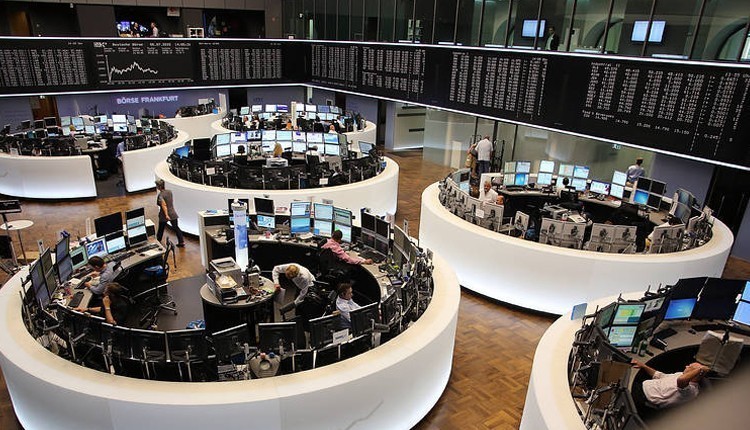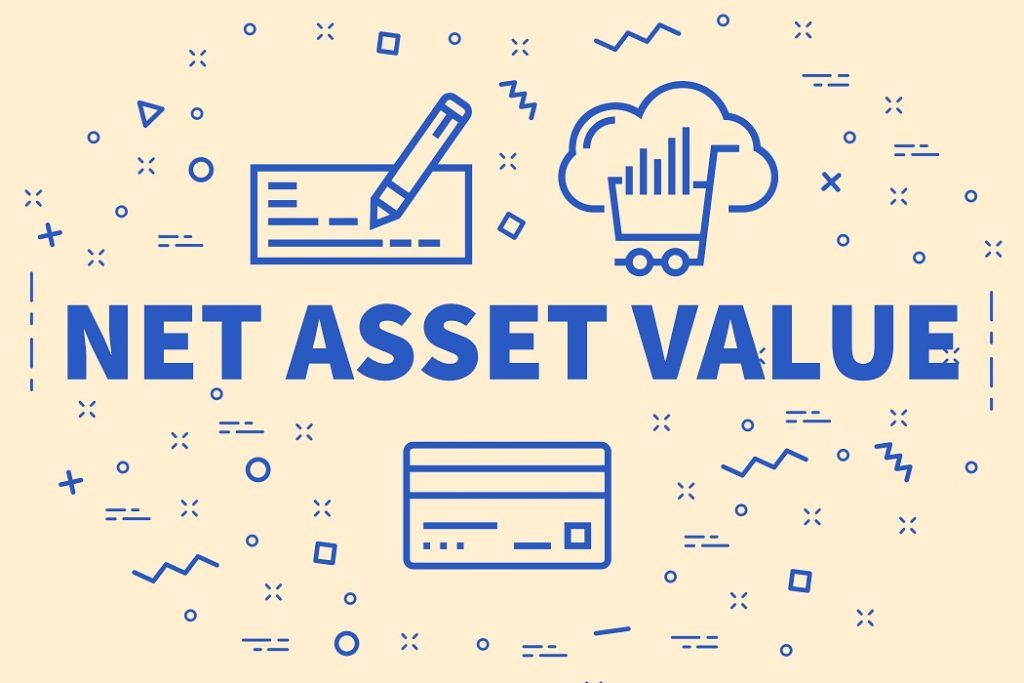The Importance Of Net Asset Value (NAV) For The Amundi Dow Jones Industrial Average UCITS ETF

Table of Contents
What is Net Asset Value (NAV) and How is it Calculated for the Amundi Dow Jones Industrial Average UCITS ETF?
Net Asset Value (NAV) represents the net value of an ETF's assets minus its liabilities, per share. For the Amundi Dow Jones Industrial Average UCITS ETF, this means calculating the total market value of all the underlying stocks that make up the Dow Jones Industrial Average held within the ETF. This valuation reflects the true underlying asset value of your investment. Understanding the NAV calculation for this asset-backed ETF is crucial for assessing its performance and making informed decisions.
-
Components of NAV Calculation: The NAV is calculated by taking the total market value of all the holdings (the 30 Dow Jones Industrial Average stocks in this case), adding any accrued income (like dividends), and subtracting any liabilities (like management fees and expenses).
-
Frequency of NAV Calculation: The NAV of the Amundi Dow Jones Industrial Average UCITS ETF is typically calculated daily, reflecting the closing prices of the constituent stocks.
-
Impact of Currency Fluctuations: Since the Dow Jones Industrial Average includes US-based companies, currency fluctuations are less of a concern for this specific ETF compared to ETFs with significant international holdings. However, any minor currency conversions involved in managing the ETF would be factored into the NAV calculation.
Using NAV to Monitor the Performance of the Amundi Dow Jones Industrial Average UCITS ETF.
Tracking the NAV of the Amundi Dow Jones Industrial Average UCITS ETF over time provides a clear picture of your investment's performance. By comparing the changes in NAV, you can gauge the gains or losses of your investment. This allows you to assess how closely the ETF tracks the Dow Jones Industrial Average itself, a key performance indicator for index funds.
-
Interpreting NAV Changes: An increase in NAV indicates a gain in the value of your investment, while a decrease reflects a loss.
-
Comparing NAV to Benchmark Indices: Comparing the ETF's NAV performance against the Dow Jones Industrial Average itself allows you to assess the tracking efficiency of the fund. Slight deviations are to be expected due to management fees and other expenses.
-
Considering Fees and Expenses: Remember that the NAV doesn't directly reflect all the costs associated with the ETF. Management fees and other expenses are already deducted in the calculation, but it's crucial to consider these when evaluating overall returns.
NAV and Investment Decisions for the Amundi Dow Jones Industrial Average UCITS ETF.
NAV information is invaluable when making investment decisions regarding the Amundi Dow Jones Industrial Average UCITS ETF. While not the sole determinant, NAV can help inform strategic buying and selling points.
-
NAV and Share Price: The NAV directly influences the price at which you can buy or sell shares of the ETF. The price you pay should closely reflect the NAV, though minor discrepancies might exist due to market demand.
-
Premium and Discount to NAV: While less common with passively managed index funds like this one, understanding the concept of a premium (price higher than NAV) or discount (price lower than NAV) is important for actively managed ETFs. For the Amundi Dow Jones Industrial Average UCITS ETF, the trading price is usually very close to the NAV.
-
Long-Term Investment Strategies: It is crucial to remember that short-term NAV fluctuations are normal. Focusing on a long-term investment strategy is generally more effective than trying to time the market based solely on daily NAV changes.
Where to Find the NAV for the Amundi Dow Jones Industrial Average UCITS ETF.
Accessing reliable NAV data is essential for informed investment decisions. You can find the daily NAV for the Amundi Dow Jones Industrial Average UCITS ETF through several reputable channels.
-
Reliable Sources of NAV Information: The official Amundi website is the primary source. Many financial news websites, brokerage platforms, and dedicated ETF data providers (like Bloomberg or Refinitiv) also provide this information.
-
Importance of Reliable Sources: Always use trustworthy sources to ensure the accuracy of the NAV data you use for your investment decisions. Incorrect data can lead to poor investment choices.
Conclusion: The Importance of Monitoring Your Amundi Dow Jones Industrial Average UCITS ETF NAV
Understanding Net Asset Value (NAV) is paramount for investors in the Amundi Dow Jones Industrial Average UCITS ETF. By regularly monitoring the NAV, comparing it to the Dow Jones Industrial Average performance, and using it in conjunction with other market indicators, you can make informed decisions about buying, selling, and overall portfolio management. Remember to always use reliable sources for your NAV data and consider a long-term investment perspective. Learn more about the Amundi Dow Jones Industrial Average UCITS ETF and start monitoring its Net Asset Value (NAV) today for optimal investment performance. [Link to Amundi Website]

Featured Posts
-
 Mercati Azionari Europei Aspettative Fed Analisi Banche E Italgas
May 24, 2025
Mercati Azionari Europei Aspettative Fed Analisi Banche E Italgas
May 24, 2025 -
 Sharp Drop In Amsterdam Stock Market Down 7 Due To Trade War
May 24, 2025
Sharp Drop In Amsterdam Stock Market Down 7 Due To Trade War
May 24, 2025 -
 The Kyle Walker Situation Party Pictures And Relationship Fallout
May 24, 2025
The Kyle Walker Situation Party Pictures And Relationship Fallout
May 24, 2025 -
 The Importance Of Net Asset Value Nav For The Amundi Dow Jones Industrial Average Ucits Etf
May 24, 2025
The Importance Of Net Asset Value Nav For The Amundi Dow Jones Industrial Average Ucits Etf
May 24, 2025 -
 Memorial Day 2025 Air Travel Peak Days And Smart Booking Tips
May 24, 2025
Memorial Day 2025 Air Travel Peak Days And Smart Booking Tips
May 24, 2025
Latest Posts
-
 The Sean Penn Woody Allen Relationship A Me Too Controversy
May 24, 2025
The Sean Penn Woody Allen Relationship A Me Too Controversy
May 24, 2025 -
 Sean Penns Appearance Sparks Concern What Happened To The Hollywood Star
May 24, 2025
Sean Penns Appearance Sparks Concern What Happened To The Hollywood Star
May 24, 2025 -
 Sean Penns Shocking Transformation Fans React To Bombshell Claims
May 24, 2025
Sean Penns Shocking Transformation Fans React To Bombshell Claims
May 24, 2025 -
 Sean Penns Allegiance To Woody Allen A Persistent Me Too Issue
May 24, 2025
Sean Penns Allegiance To Woody Allen A Persistent Me Too Issue
May 24, 2025 -
 Sean Penn And Woody Allen Examining A Continued Me Too Blind Spot
May 24, 2025
Sean Penn And Woody Allen Examining A Continued Me Too Blind Spot
May 24, 2025
